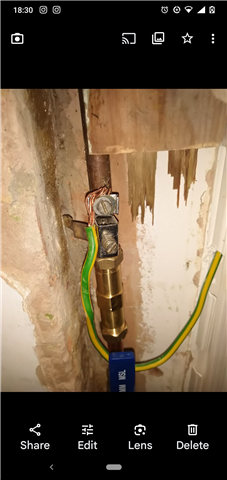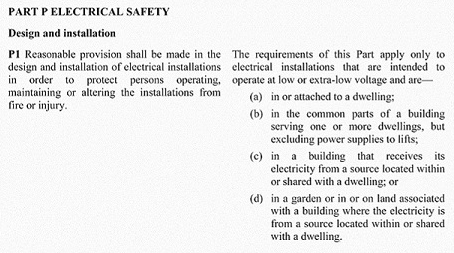
Dear Engineers
Apologies for lowering the standard of discussion here with my first and probably only question. I had some work done to my mains stopvalve recently. In the cause of this the plumber needed to remove and then reinstate the green and yellow cable. I now noticed that it is not very tightly fastened into the clamp - see photo, and easily wobbles. Also the warning label has disappeared.
My question is: It looks easy to fix and to get a new label. Happy to have a go myself. But is there more to it? Does it need testing, perhaps? In other words: is this for householder or for electrician to remedy.
Many thanks in advance if you can help.
Anna
